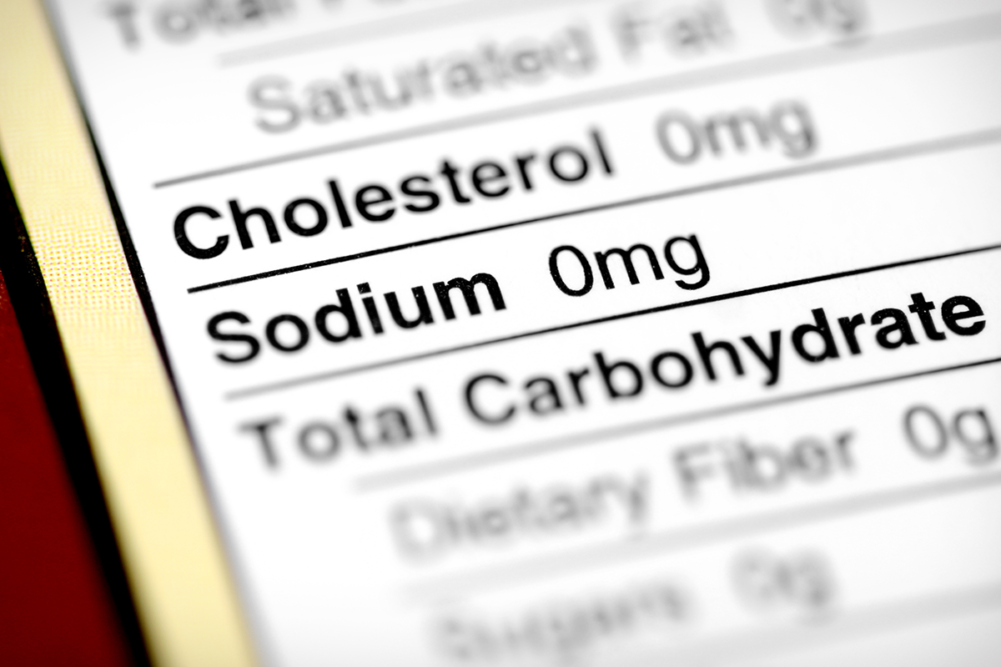WASHINGTON – The Food and Drug Administration issued a final guidance that provides voluntary short-term sodium reduction targets for 163 packaged and prepared foods. The targets were first published in draft form in 2016.
The targets seek to decrease average sodium intake from approximately 3,400 mg to 3,000 mg per day, about a 12% reduction, over the next 2.5 years. Although the average intake would still be above the Dietary Guidelines for Americans’ recommended limit of 2,300 mg per day for those 14 and older, the FDA said that even modest reductions made slowly over the next few years will “substantially” decrease diet-related diseases.
“The final guidance outlines short-term goals that we’re recommending the food industry work to meet as soon as possible to help optimize public health,” said Janet Woodcock, acting commissioner of the FDA. “We will continue our discussions with the food industry as we monitor the sodium content of the food supply to evaluate progress.
“In the future, we plan to issue revised, subsequent targets to further lower the sodium content incrementally and continue to help reduce sodium intake. This iterative approach will help support gradual reductions in sodium levels broadly across the food supply so that consumers’ tastes adjust, health outcomes improve and no one company or category of food is singled out or scrutinized. Voluntary and gradual approaches such as this have also been successful in other countries, such as Canada and the UK.”
The FDA said research shows people consume 50% more sodium than recommended. The statistic includes children, with more than 95% of children aged 2 to 13 years old exceeding recommended limits of sodium for their age groups.
“Although many consumers may want to reduce their sodium intake, about 70% of the sodium we eat comes from packaged, processed and restaurant foods, making it challenging to limit sodium,” Ms. Woodcock said. “Changes across the overall food supply will make it easier to access lower-sodium options and reduce intake even in the absence of behavior change.”
Details of final guidance may be found here.
The American Heart Association responded positively to the news.
“Lowering sodium levels in the food supply would reduce risk of hypertension, heart disease, stroke, heart attack and death in addition to saving billions of dollars in health care costs over the next decade,” the AHA said. “Many members of the food and restaurant industry have begun to reduce sodium in their products. We strongly encourage the industry as a whole to adopt these targets and build upon existing efforts to reduce sodium in their products and meals.
“While educating the public about the consequences of consuming too much sodium is a valuable tool, it is not enough to truly impact consumers’ health due to the high amount of sodium in the food supply. The adoption of these targets will be a crucial step in helping countless people across the country decrease their sodium intake.”

